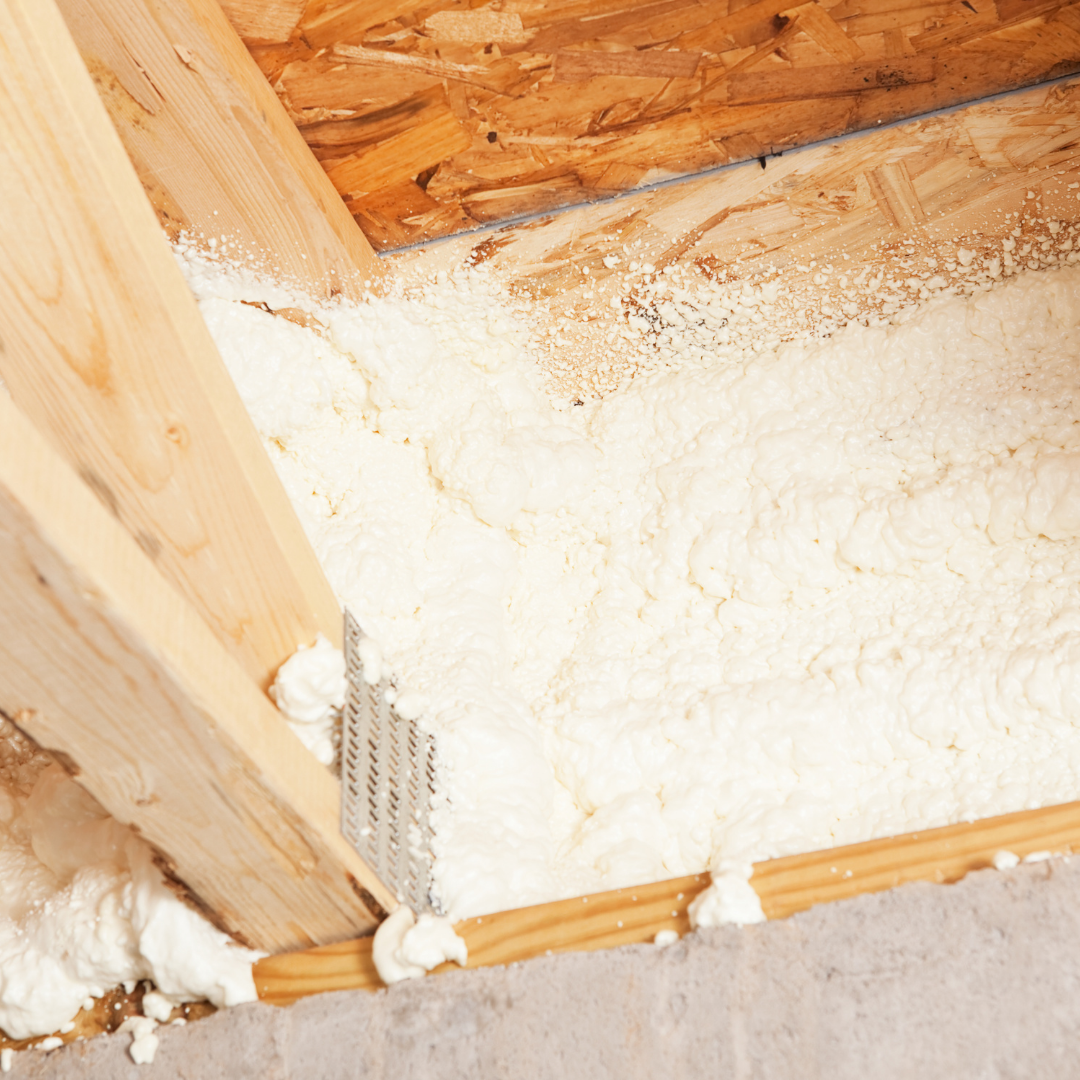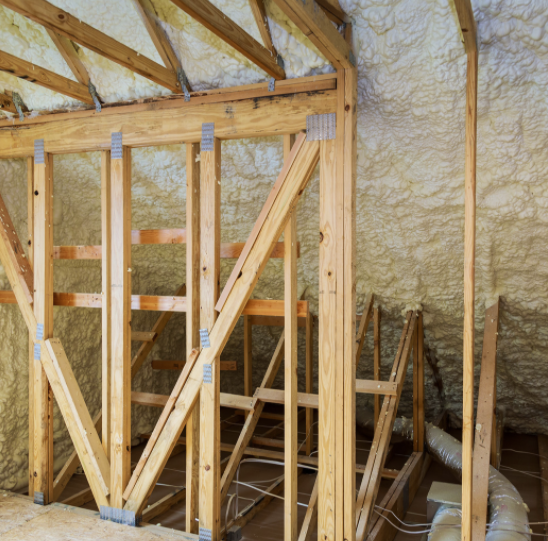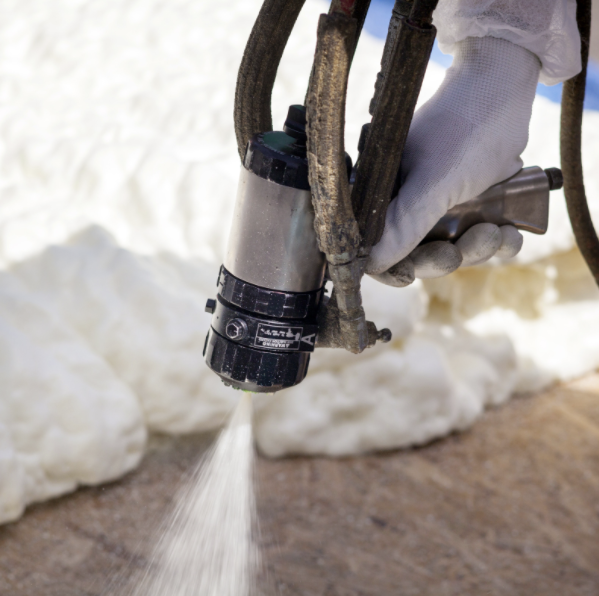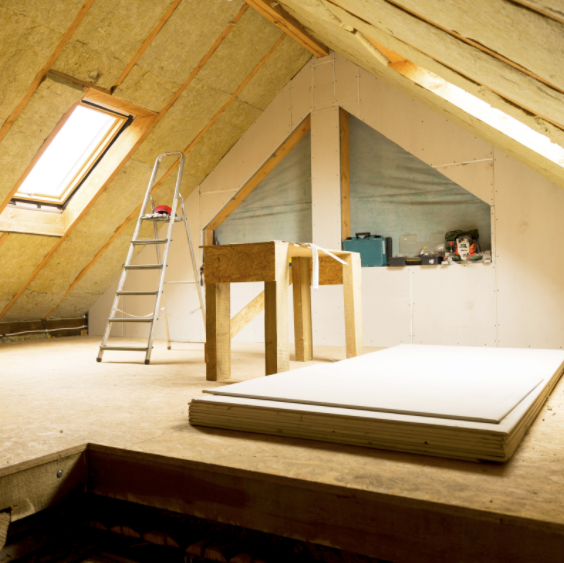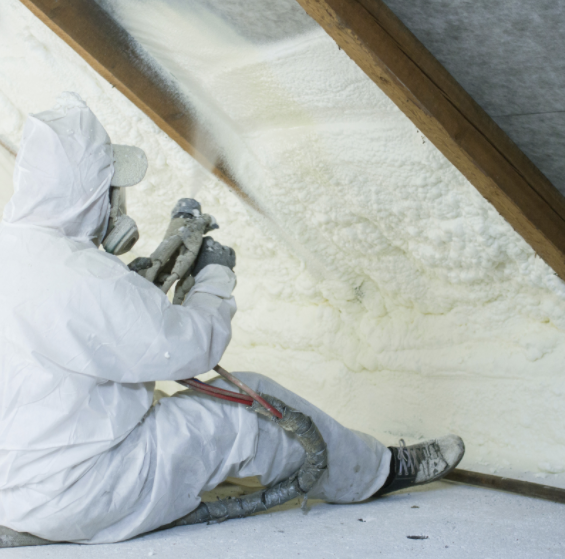Spray foam insulation is one of the best ways to provide insulation for your home. It’s an inexpensive way to increase the energy efficiency of your home without making any structural changes. Basically, it’s an extremely dense foam that’s been filled with either a liquid or a powder. The spray foam insulation is usually placed over a rigid foam core. The core is filled with either a liquid or a powder so it will form into a thick but flexible mold that can be sprayed directly on your wall cavities.
The spray foam insulation is often referred to as insulating foam because it actually consists of several layers of highly-dense foam. This is usually composed of polyols and isocyanates, which respond differently when combined with each other. When this occurs, the materials expand to fill the gaps of the open spaces between the layers of foam, thus creating a barrier that locks in moisture inside your home. As it expands, the barrier eventually fills up all the cavities of the wall or flooring and will no longer allow air or moisture to move freely within it. It will also not let heat through.
Spray Foam Insulation in Ottawa
Spray foam insulation is one of the easiest kinds of fiberglass insulation to install. There is virtually no setup required in the form of clamps, brackets, nails or staple guns. You simply spray foam insulation down the walls, and then use a special fiberglass tape that aids in the adhesion process. Once you’re satisfied with the setup, you can then nail down the perimeter to hold everything in place and to prevent water from leaking out during the installation process.
Another advantage of spray foam insulation is that it creates a very effective seal that’s nearly impossible to breakthrough. A well-made sealant will be made up of thousands of tiny holes, called air leaks, all throughout your house. Air leaks happen everywhere, but they are especially prevalent in poorly insulated homes. By installing a spray foam insulation system in your home, you can create an airtight seal where you need one, and leave out places where you don’t.
Forms of Spray Foam Insulation
The spray foam insulation that you buy most frequently comes in two forms: either polyisocyanate or polyolsocyanurate. Polyisocyanate is much stronger than its alternative, polyolsocyanurate, and it also lasts for much longer than the former. Of course, if you live in an area where there’s been a lot of rain recently, then you’re probably best off with polyolsocyanate as it’s proven to resist damage from the ultraviolet rays of the sun better than polyisocyanate does.
One of the benefits of having your homes insulated is that it helps to reduce your heating and cooling costs. Another benefit of having your homes insulated with spray foam is that it helps to prevent mold from developing in your home and to protect your family from allergic reactions to dust mites and pollen. Mold and allergy sufferers are particularly sensitive to HVAC systems. There are many other benefits as well, such as lower energy bills, increased home value, and a more comfortable atmosphere. If you have HVAC in your home already, it’s highly recommended that you look into insulating your home with spray foam, not just new construction.
If you’re looking into insulation for your Ottawa home, contact our team today.

